Home>Renovation & DIY>Tools & Equipment>What Is A Screwdriver Made Of
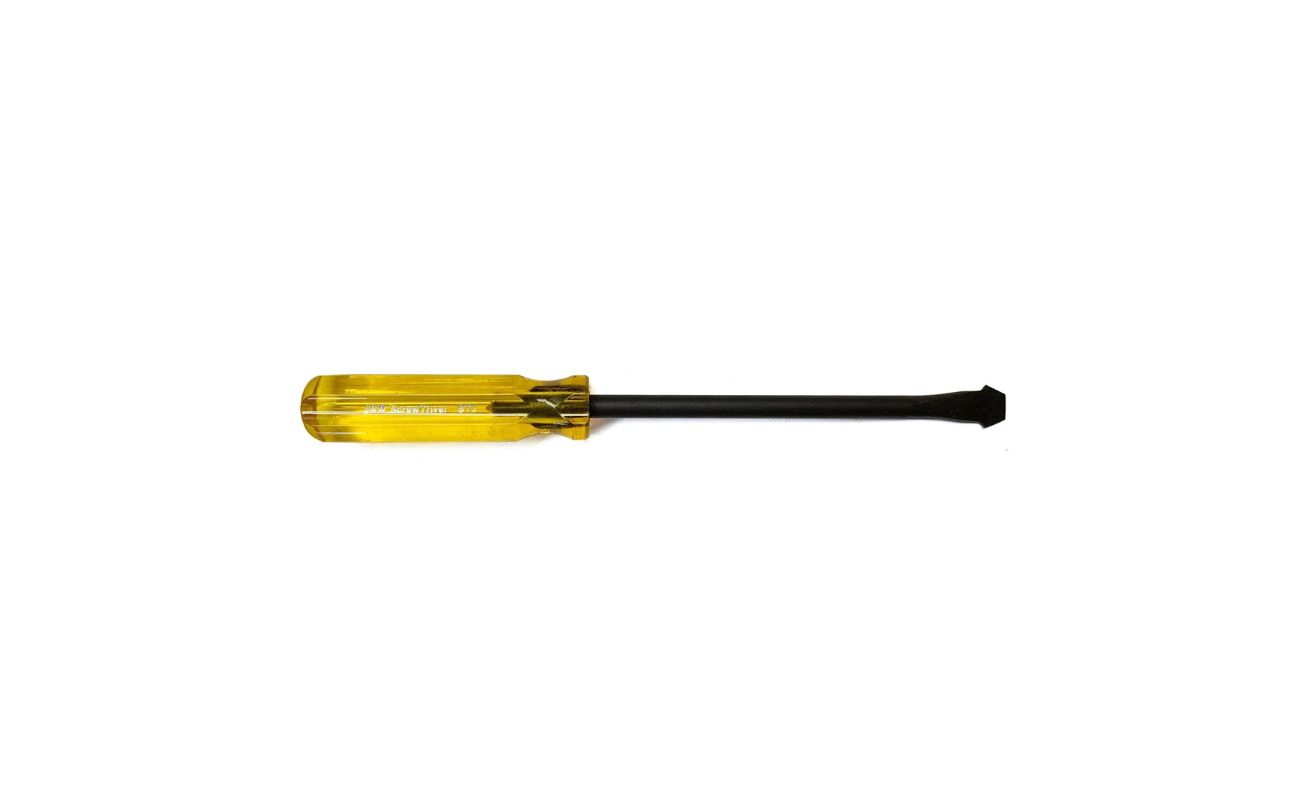

Tools & Equipment
What Is A Screwdriver Made Of
Modified: October 18, 2024
Discover what materials are commonly used in the construction of screwdrivers and their impact on durability and functionality. Enhance your knowledge of tools and equipment.
(Many of the links in this article redirect to a specific reviewed product. Your purchase of these products through affiliate links helps to generate commission for Storables.com, at no extra cost. Learn more)
Introduction:
A screwdriver is a fundamental tool that is used for loosening or tightening screws. It is commonly found in households, workshops, and various industries. While it may seem like a simple tool, screwdrivers are actually a product of careful engineering and meticulous design. These tools are made up of several components, each with its own purpose and material composition. In this article, we will explore the various metal components, handle materials, types of screwdriver tips, and grip materials that make up a screwdriver.
Understanding the construction and materials used in a screwdriver is essential because it directly affects the tool’s durability, strength, and effectiveness. By having a comprehensive knowledge of these components, you can make an informed decision when choosing the right screwdriver for your needs.
In the following sections, we will delve into the intricate details of each component, highlighting the materials used and their impact on the overall quality and functionality of a screwdriver. Let’s begin by exploring the metal components that form the core structure of a screwdriver.
Key Takeaways:
- Choose a screwdriver with high-carbon steel, alloy steel, or stainless steel shaft for durability and resistance to bending. The right handle material, such as rubber or composite, can provide a comfortable and secure grip for efficient screwdriving.
- Understanding the materials and components of a screwdriver, from the shaft to the grip, ensures you select a reliable tool that meets your specific needs, whether for household repairs or professional projects.
Read more: What Is A Stubby Screwdriver
Metal Components of a Screwdriver:
A screwdriver consists of several metal components that work together to provide strength, durability, and functionality. These components include the shaft, shank, and the tip of the screwdriver. Let’s look at each of them in detail:
1. Shaft:
The shaft of a screwdriver is the long, cylindrical metal rod that extends from the handle to the tip. It is the main body of the screwdriver and provides rigidity and stability when applying torque to the screw. Common materials used for the shaft include high-carbon steel, alloy steel, and stainless steel. These materials offer excellent strength and are resistant to bending or breaking under pressure.
2. Shank:
The shank is the portion of the shaft that connects the handle to the tip. It is usually thicker and stronger than the rest of the shaft, as it has to withstand the force applied during screwdriving. The shank is typically made from the same materials as the shaft, ensuring that it can handle the torque without bending or flexing.
3. Tip:
The tip of the screwdriver is the part that engages with the screw head. It comes in various shapes and sizes to accommodate different screw types, such as flathead, Phillips, Torx, and Allen screws. The most common materials used for screwdriver tips are hardened steel or high-quality alloy steel. These materials offer excellent durability and resistance to wear, allowing the tip to maintain its shape and grip the screw securely.
The precise manufacturing and heat treatment processes are employed to ensure that the screwdriver tip is hardened and can withstand repeated use without wearing out or losing its effectiveness.
These metal components are crucial for the overall performance of a screwdriver. Their quality and durability directly impact the tool’s ability to effectively engage with screws and provide the necessary torque for loosening or tightening them. Now, let’s move on to discuss the different handle materials used in the construction of a screwdriver.
Read more: What Is ECX Screwdriver
Handle Materials:
The handle of a screwdriver is the part that provides grip and control during use. While the metal components provide the structural integrity, the handle material plays a vital role in ensuring comfort, ergonomics, and user-friendly operation. Here are some common handle materials used in screwdriver construction:
1. Plastic:
Plastic handles are lightweight, inexpensive, and offer good insulation properties. They are commonly used in household screwdrivers and provide a comfortable grip. Plastic handles can come in various colors, shapes, and textures to enhance ergonomics and user experience.
2. Rubber:
Rubber handles are known for their excellent grip and shock absorption properties. They provide a secure hold on the screwdriver, reducing the chances of slipping during use. Rubber handles are commonly used in professional-grade screwdrivers, where a strong grip is essential for precise and efficient work.
3. Wood:
Wooden handles offer a classic, timeless look and provide a natural and comfortable grip. They are durable and resistant to wear, making them suitable for heavy-duty applications. Wooden handles are often found in traditional handcrafted screwdrivers and are favored by enthusiasts and collectors.
Read more: What Is A Slotted Screwdriver
4. Composite Materials:
In recent years, screwdriver handles made from composite materials such as fiberglass or carbon fiber have gained popularity. These materials offer a lightweight yet sturdy handle, providing enhanced strength and durability. Composite handle materials also provide electrical insulation properties, making them suitable for applications where electrical safety is a concern.
The choice of handle material depends on the user’s preferences, the specific application, and the level of comfort and grip required. Now that we have explored the metal components and handle materials, let’s move on to discuss the different types of screwdriver tips.
Types of Screwdriver Tips:
Screwdriver tips come in various shapes and sizes to accommodate different types of screws. Here are some of the most common types of screwdriver tips:
1. Flathead:
The flathead screwdriver, also known as a slotted screwdriver, has a flat and straight tip. It is designed to fit into slotted screw heads with a single groove. This type of screwdriver is commonly used for simple household tasks and is easily recognizable by its flat, blade-like tip.
2. Phillips:
The Phillips screwdriver has a cross-shaped tip with four arms. It is specifically designed to be used with Phillips screws, which have a cross-shaped indentation on the head. The Phillips screws and screwdrivers provide better torque transfer and reduced chances of camming out, making them popular in various industries.
Read more: What Are Screwdriver Stops
3. Torx:
The Torx screwdriver features a star-shaped tip with six points. Torx screws have a corresponding six-pointed star pattern on their heads. The Torx design offers better grip and torque transmission, reducing the chances of stripping the screw head. This type of screwdriver is commonly used in electronics, automotive, and machinery industries.
4. Allen (Hex):
The Allen or hex screwdriver has a hexagonal-shaped tip and is used for driving hex screws. These screws have six sides and require a matching hex driver for insertion or removal. Allen screws and screwdrivers are often found in furniture assembly, bike repairs, and other applications where a high torque transfer is required.
These are just a few examples of screwdriver tips, and there are many more specialized types available for specific applications. It’s important to use the appropriate screwdriver tip for each screw type to avoid damaging the screw or the tool itself.
Now that we have covered the different types of screwdriver tips, let’s move on to discuss the various grip materials used in screwdriver construction.
Grip Materials:
The grip material of a screwdriver refers to the outer layer of the handle that provides traction, comfort, and control during use. The choice of grip material can significantly influence the user’s experience and the overall performance of the tool. Here are some common grip materials used in screwdriver construction:
1. Rubber:
Rubber grips are known for their excellent non-slip properties and shock absorption. They provide a comfortable and secure hold on the screwdriver, reducing fatigue and enhancing control. Rubber grips are commonly used in professional-grade screwdrivers where a strong grip is crucial for precision work.
Read more: What Is A Robertson Screwdriver
2. Textured Plastic:
Plastic grips can be enhanced with textured patterns or ridges to provide extra grip and control. These textured plastic grips offer good traction even in slippery conditions and are commonly used in household and entry-level screwdrivers.
3. Ergonomic Design:
Screwdrivers with ergonomic designs focus on creating a comfortable and natural grip for the user. The handle contours, finger grooves, and soft-touch materials are carefully engineered to reduce strain and fatigue during extended use. These ergonomic grips can be made from various materials, including rubber, plastic, or composite materials.
4. Insulated Grips:
In certain applications, such as electrical work, insulated screwdrivers are necessary to provide protection against electric shock. Insulated grips are typically made from materials that have high electrical insulation properties, such as rubber or specialized plastic coatings. These grips ensure the users’ safety when working with live electrical components.
The choice of grip material depends on factors such as personal preference, the nature of the task, and the level of comfort and control required. Screwdrivers with comfortable and grippy handles can help prevent hand fatigue and improve efficiency during use.
Now that we have covered the different grip materials, let’s summarize our findings.
Conclusion:
A screwdriver may seem like a simple tool, but its construction and design involve careful consideration of various components and materials. Understanding the different metal components, handle materials, types of screwdriver tips, and grip materials is crucial for choosing the right screwdriver for your needs.
The metal components, including the shaft, shank, and tip, provide the structural integrity, strength, and durability necessary for efficient screwdriving. High-quality materials like high-carbon steel, alloy steel, and hardened steel are commonly used for these components.
The choice of handle material is essential for comfort, grip, and control during use. Whether it’s plastic, rubber, wood, or composite materials, the handle material can significantly impact the user experience and reduce fatigue during repetitive tasks.
The different types of screwdriver tips, such as flathead, Phillips, Torx, and Allen, cater to various screw designs and ensure proper engagement for effective screwdriving. The materials used for the tip, like hardened steel or alloy steel, ensure durability and resistance to wear.
The grip material plays a vital role in providing traction and control. With options like rubber, textured plastic, ergonomic designs, and insulated grips, users can find a handle that suits their preferences and specific application requirements.
By considering these factors, you can select a screwdriver that meets your needs, whether you’re working on household repairs, professional projects, or specialized industries.
In conclusion, understanding the components and materials that make up a screwdriver enhances your knowledge of this seemingly simple tool. It allows you to make informed choices, ensuring you have a reliable and comfortable screwdriver that will serve you well in your various screwdriving tasks.
Frequently Asked Questions about What Is A Screwdriver Made Of
Was this page helpful?
At Storables.com, we guarantee accurate and reliable information. Our content, validated by Expert Board Contributors, is crafted following stringent Editorial Policies. We're committed to providing you with well-researched, expert-backed insights for all your informational needs.

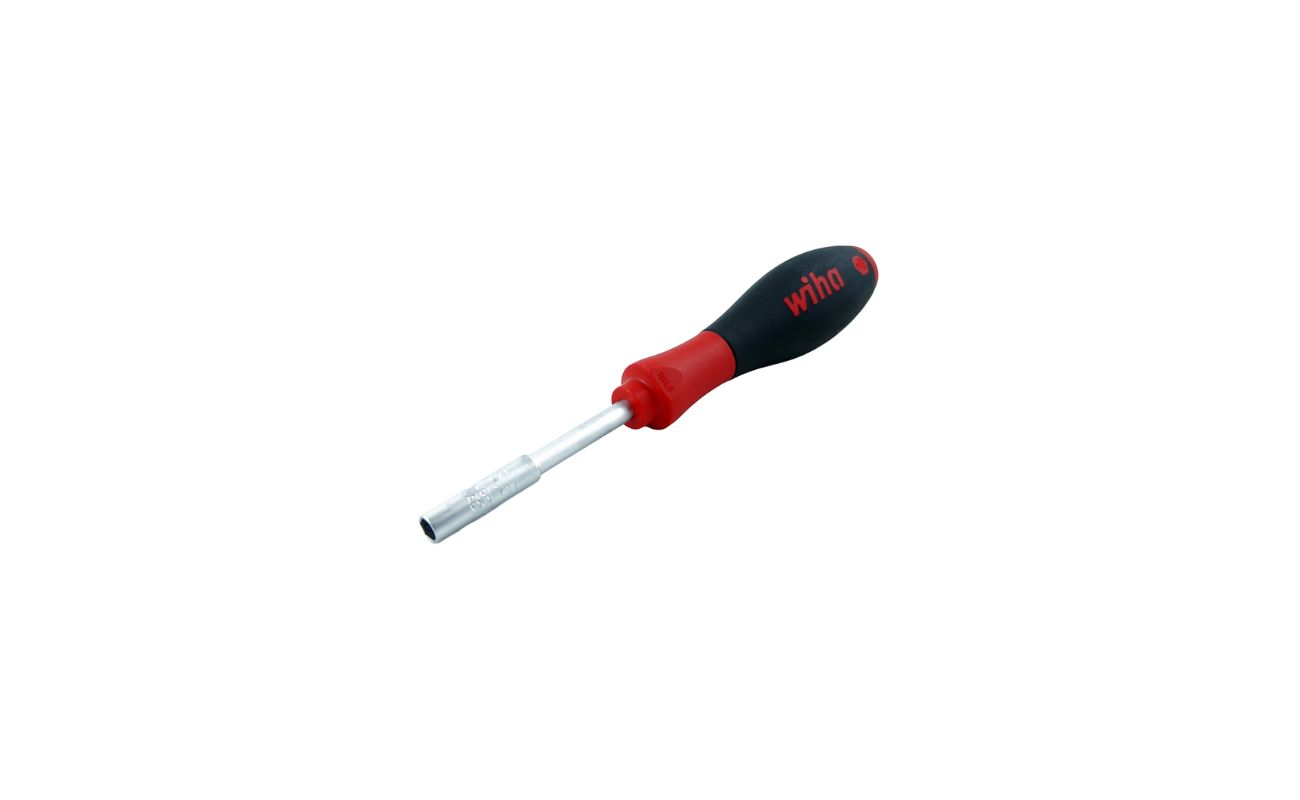
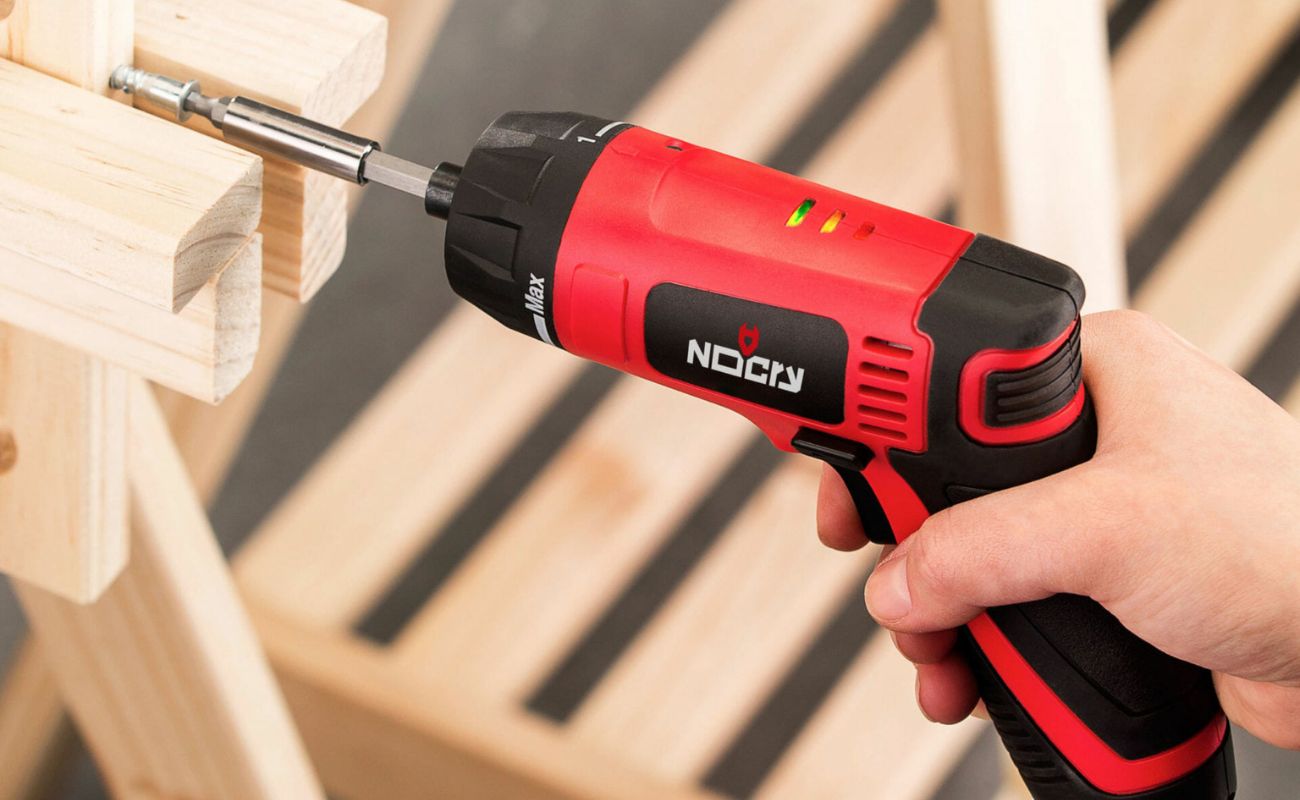
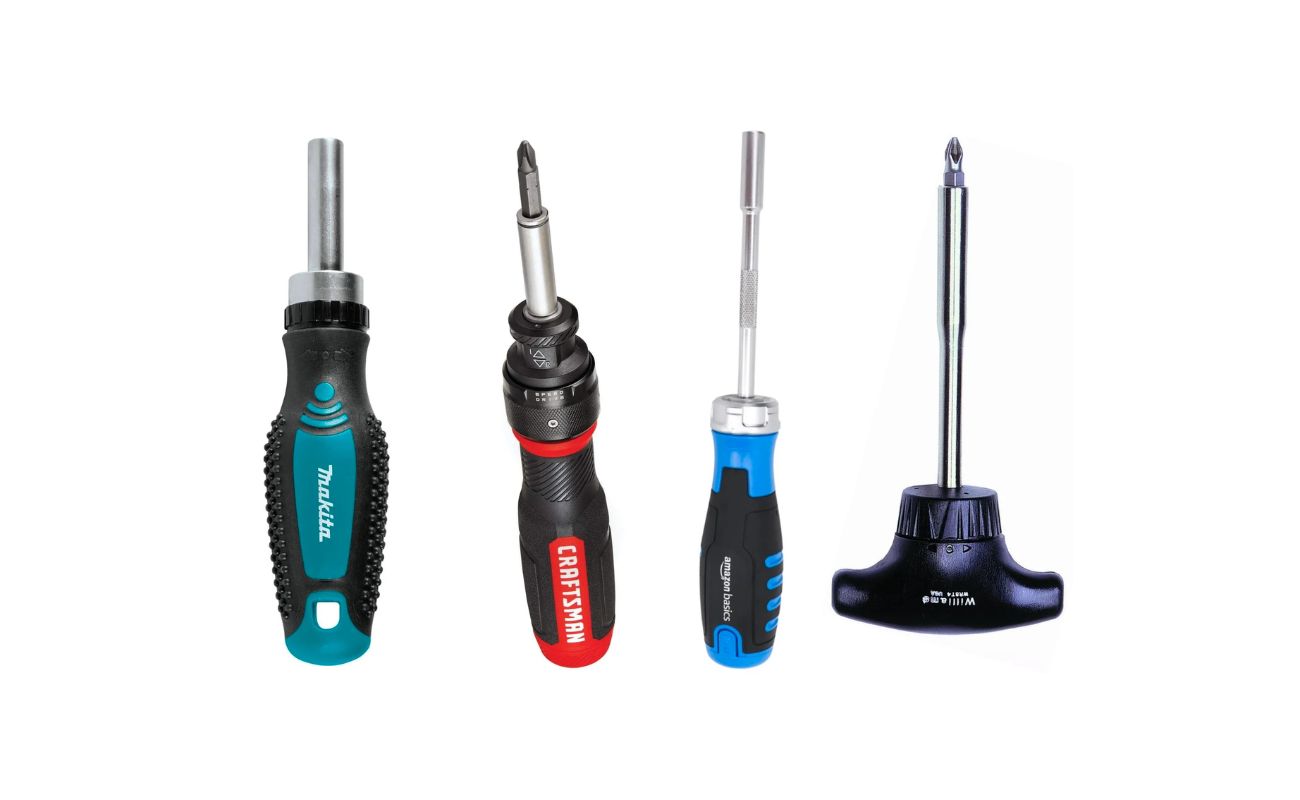
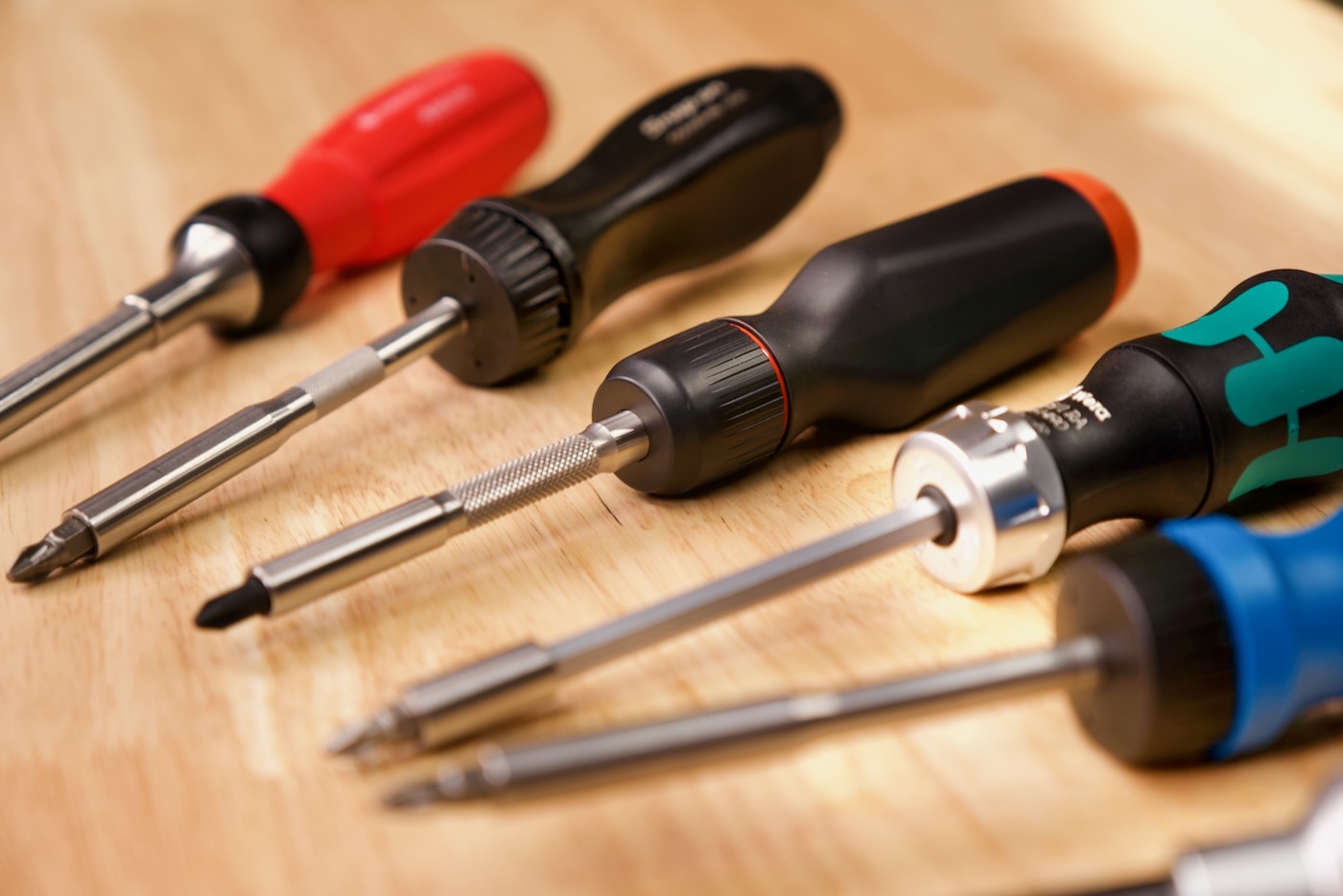
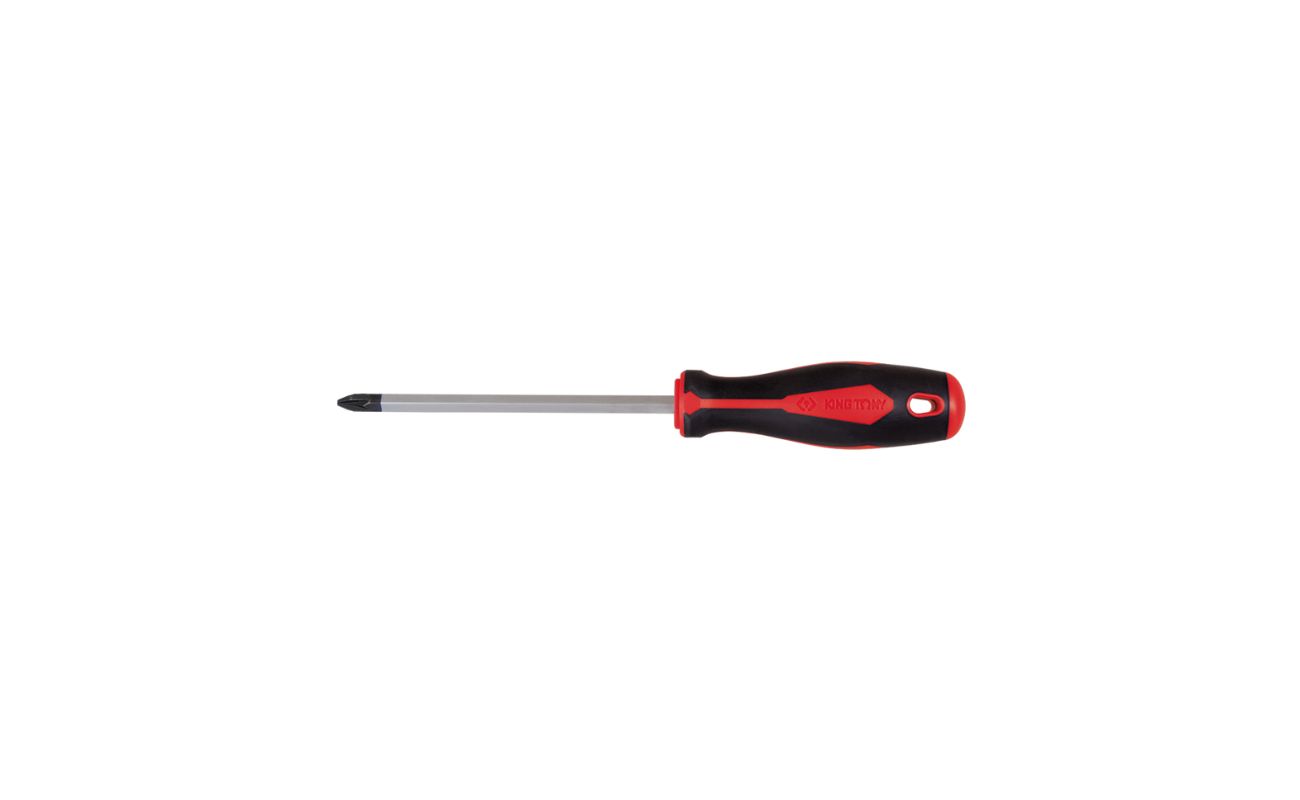

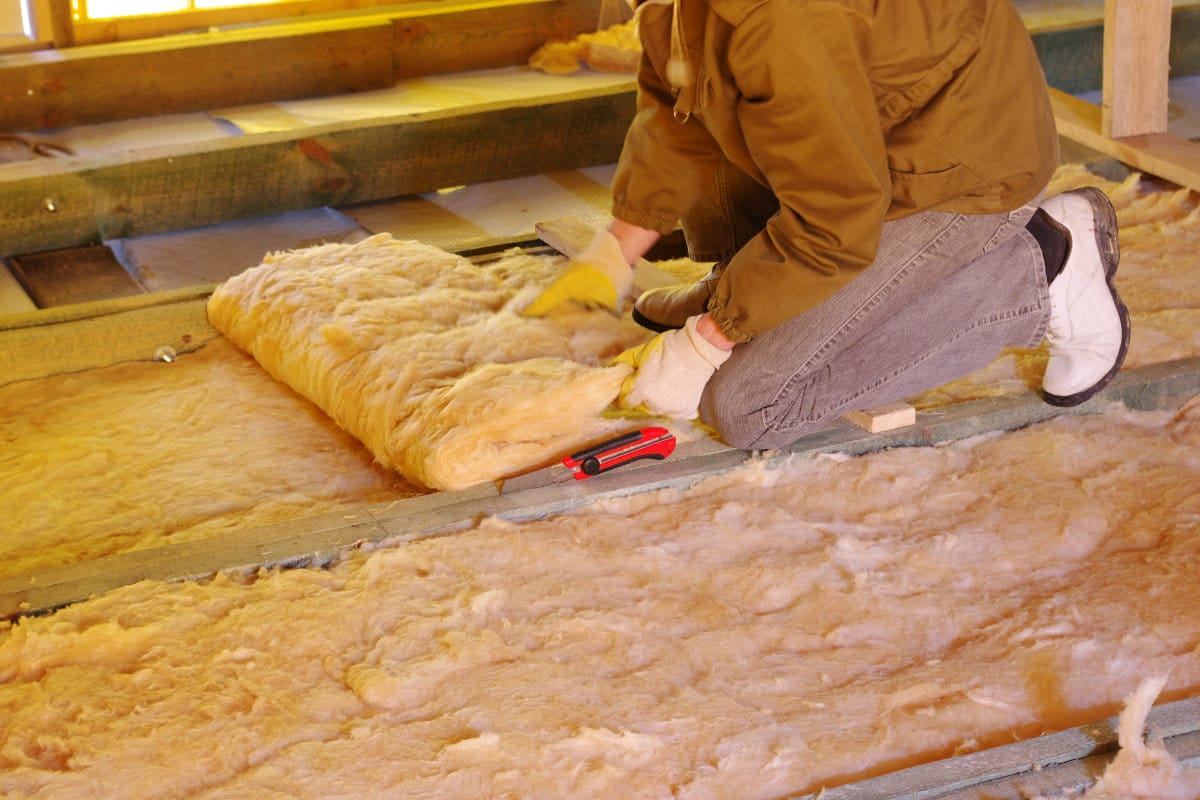
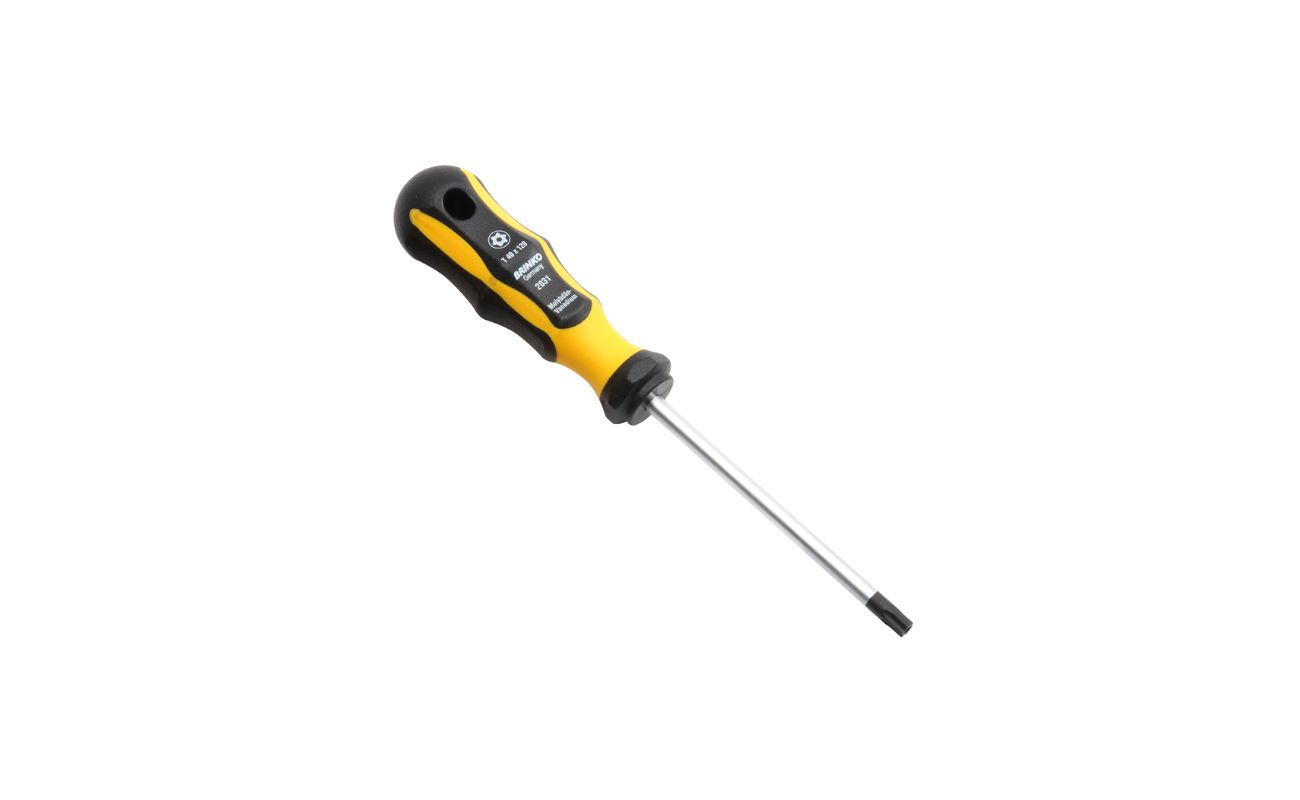
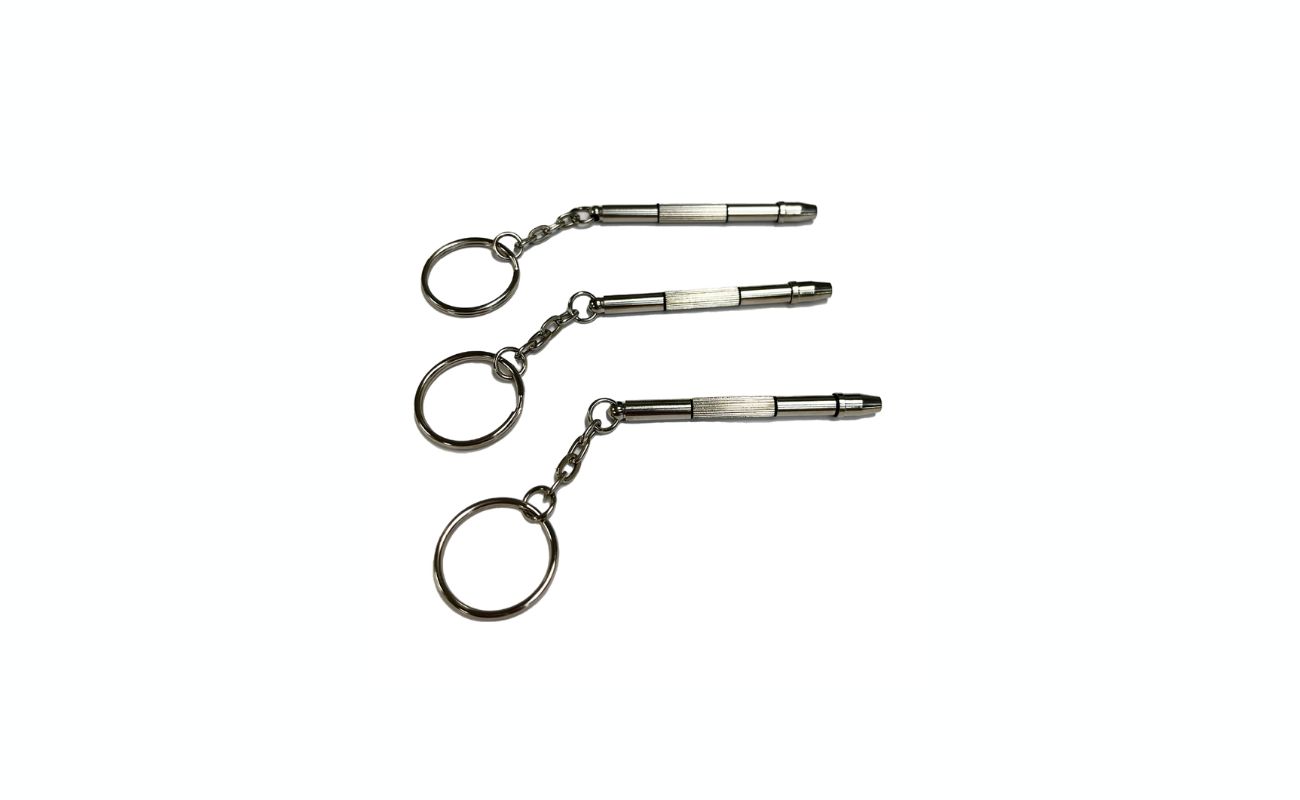


0 thoughts on “What Is A Screwdriver Made Of”